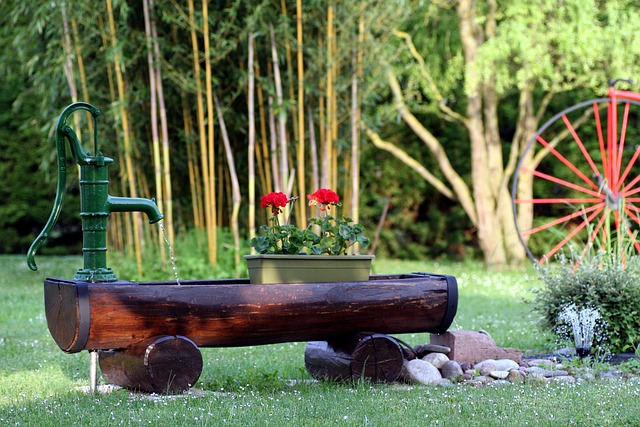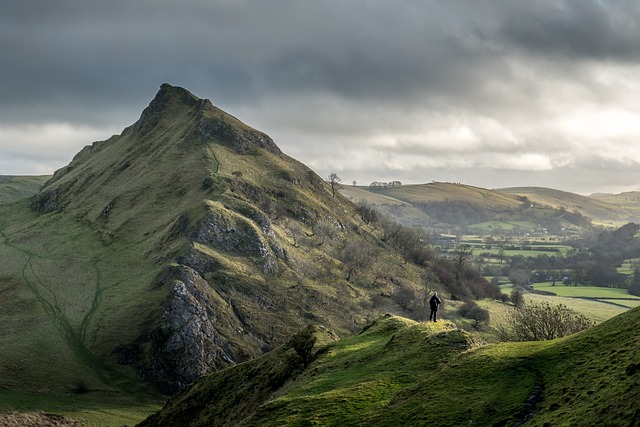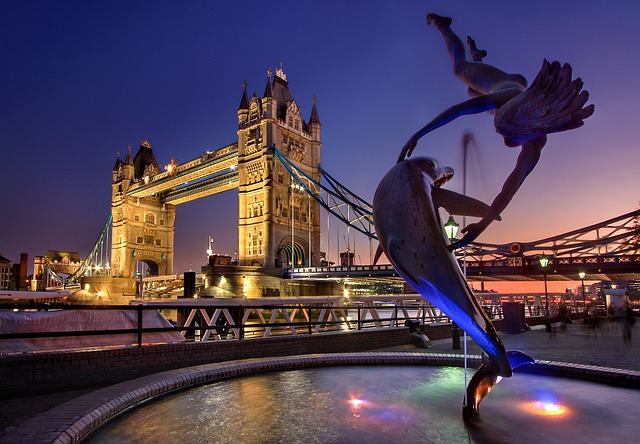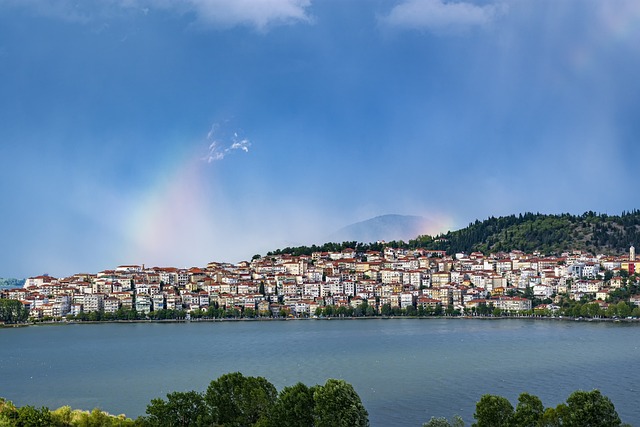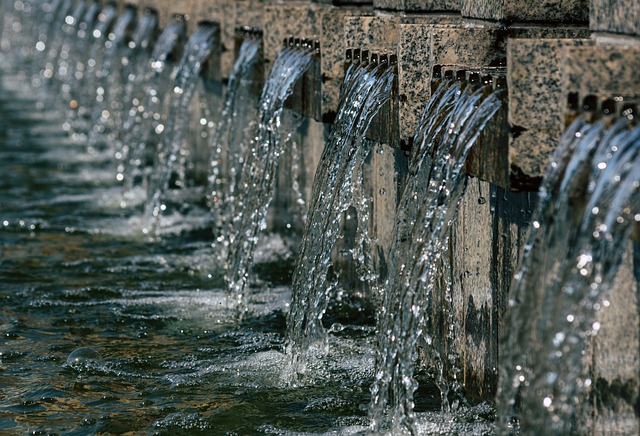Art fairs serve as community catalysts, fostering creativity, cultural exchange, and civic pride through public engagement with artists. Hosted in urban spaces or real estate developments, these events revitalize areas, attract visitors, and drive economic activity. The interactive nature of art fairs encourages dialogue between artists and viewers, enhancing local business vitality. Real estate developers leverage art fairs to increase foot traffic and stimulate local economies, influencing future development and investment decisions. Ultimately, art gatherings transform neglected spaces into creative centers, fostering community engagement, cultural diversity, and urban renewal.
Art fairs and community gatherings play a pivotal role in fostering cultural exchange, revitalizing urban spaces, and enhancing local economies. This article explores three key aspects: the significance of art fairs in community engagement, their symbiotic relationship with real estate development, and their potential to drive lasting impact through urban revitalization initiatives. By examining these interconnections, we uncover innovative ways art can transform our cities into vibrant, cultural hubs.
The Role of Art Fairs in Community Engagement
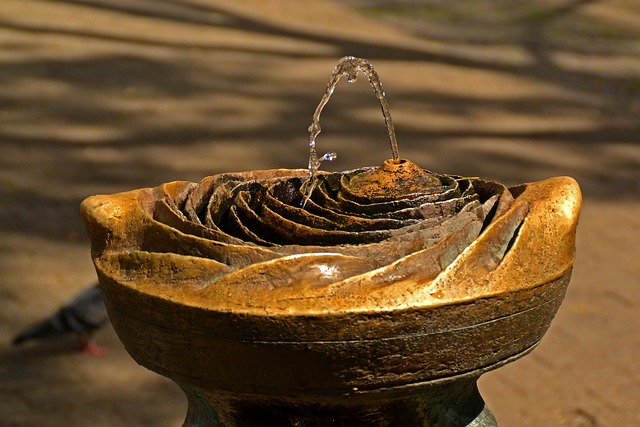
Art fairs have emerged as powerful catalysts for community engagement, transcending their role as mere exhibitions of artistic talent. These events serve as vibrant meeting points where artists, locals, and art enthusiasts converge, fostering a sense of collective creativity and cultural exchange. By hosting art fairs in public spaces or even within the context of real estate developments, communities can revitalise urban areas and create unique experiences that attract visitors from far and wide.
Beyond their aesthetic appeal, art fairs play a significant role in building community ties. They encourage dialogue between artists and viewers, providing an opportunity for residents to connect with local talent and gain insights into the artistic process. This interactive nature not only enhances cultural understanding but also contributes to a sense of belonging and civic pride. Moreover, art fairs can drive economic activity by increasing foot traffic and boosting local businesses, thereby enhancing the overall vitality of the neighbourhood or city.
Real Estate and Cultural Spaces: A Synergistic Relationship
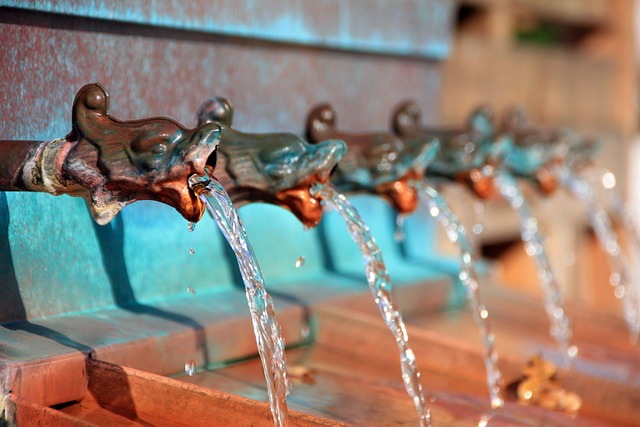
Art fairs and community gatherings have a unique ability to transform spaces, bringing life and culture to areas that might otherwise be seen as dull or underutilized. In this context, real estate plays a pivotal role in fostering such events. The synergy between art fairs and real estate is evident in the way they mutually enhance each other.
Real estate developers often recognize the potential of hosting art fairs or community gatherings as a strategy to attract visitors, increase foot traffic, and boost local economies. In turn, these events can elevate the image and desirability of properties in the area, influencing future real estate development and investment decisions. The positive impact on the community is evident, creating vibrant cultural spaces that resonate with locals and draw in outsiders, fostering a sense of belonging and pride.
Creating Lasting Impact: Art Gatherings for Urban Revitalization
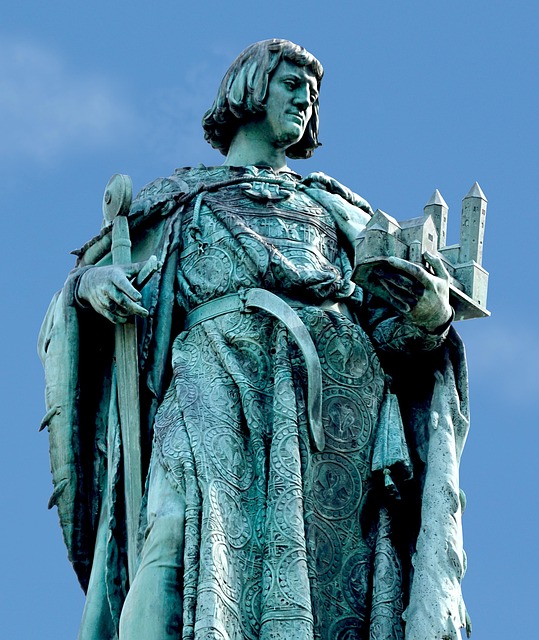
Art gatherings and fairs have emerged as powerful catalysts for urban revitalization, reshaping the way we perceive and interact with our cities. These events bring together diverse communities, fostering a sense of belonging and cultural exchange. By transforming underutilized spaces into vibrant hubs of creativity, they inspire local pride and spark economic growth, which is particularly significant in the real estate sector.
The impact extends beyond the immediate event, as art installations often remain, becoming lasting landmarks that attract visitors and residents alike. This artistic revitalization can lead to increased foot traffic, business development, and a renewed sense of community, ultimately contributing to the resurgence and prosperity of urban areas.

